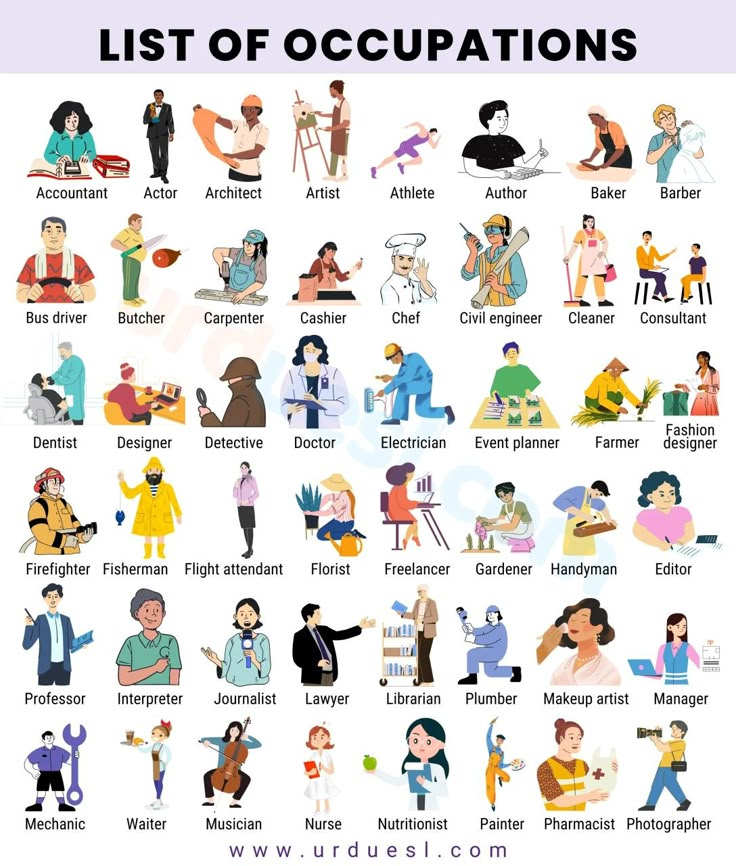Applied Science Careers: Is It Geology, Biotechnology, Physics, or Chemistry?
Which career field is an applied science: geology, biotechnology, physics, or chemistry?
The term
applied science
refers to using scientific knowledge for practical, real-world applications-often to build technologies, solve specific problems, or improve systems. In this sense,
biotechnology
is most directly categorized as an applied science career field, while
geology, physics, and chemistry
each span both pure (theoretical) and applied paths depending on the role and industry.
[1]
[2]
Understanding applied science vs. pure science
Applied science focuses on practical use-turning principles into products, processes, or services. Pure science emphasizes discovery and explanation of fundamental phenomena. For example, a physicist developing a new theory pursues pure science, while an engineer using physics to design medical imaging hardware practices applied science. In many organizations, applied science is strongly associated with engineering, health technologies, and product development, though numerous life- and earth-science roles are also squarely applied. [1] [2]
How each field aligns with applied science
Biotechnology: the clearest applied science pathway
Why it’s applied: Biotechnology applies biology and related sciences to develop practical solutions in healthcare, agriculture, and industry-such as therapeutics, diagnostics, vaccines, bioprocesses, and bio-based materials. Medical sciences (e.g., medical microbiology) and epidemiology exemplify applied science by taking scientific knowledge and deploying it to improve health outcomes, technologies, and decision-making. [1]
Example roles: bioprocess engineer, quality assurance associate, upstream/downstream scientist, assay development scientist, medical science liaison, field application scientist, and technical sales or support roles that help clinicians and labs adopt new tools. [3]
Getting started-step by step:
- Build a foundation in molecular biology, biochemistry, and statistics through degree programs or targeted certificates; many community colleges and universities offer applied programs in biotech and lab technology. [4]
- Pursue hands-on experience via internships or co-ops in GMP environments; practical training is central to applied roles. [2]
- Target application-facing roles (e.g., Field Application Scientist, Technical Support) if you enjoy bridging products and end users in pharma/biotech; strong communication is critical. [3]
Challenges and solutions: Regulated environments require documentation rigor and compliance (challenge). You can address this by earning GMP, GLP, or quality certifications and by practicing standardized protocol writing and deviation reporting (solution). Cross-functional communication can be demanding; shadowing sales, clinical, and regulatory stakeholders improves alignment.
Geology: often applied through environmental and energy work
Why it can be applied: Geology becomes applied when you use earth-science knowledge for resource exploration, groundwater protection, hazard assessment, environmental remediation, or geotechnical design. Many geologists function as consultants, analysts, or technicians implementing regulatory and engineering solutions in the field. [4]
Example roles: environmental geologist, hydrogeologist, geotechnical technician, GIS specialist, and field engineer/technologist supporting construction, mining, or energy projects. [4]
Getting started-step by step:

Source: crbhs.org
- Gain fieldwork experience with mapping, sampling, and drilling oversight through academic field camps or entry-level technician roles; applied geology values field readiness. [4]
- Develop practical software skills (GIS, modeling) and regulatory literacy (e.g., environmental site assessment procedures); these skills translate directly to client outcomes. [2]
Challenges and solutions: Projects often carry site-specific uncertainties (contaminant transport, subsurface heterogeneity). Mitigate by designing staged investigations, using multiple lines of evidence, and communicating uncertainty ranges to stakeholders.
Physics: applied through engineering and product development
Why it can be applied: Applied physics uses physical principles to build or optimize devices and systems-optics, semiconductors, sensors, medical imaging, and aerospace solutions-often overlapping with engineering. In industry, roles may be titled applied scientist, R&D engineer, or product development specialist. [1] [2]
Example roles: optical systems engineer, instrumentation scientist, imaging physicist, applications engineer for scientific equipment, and technical field specialist helping labs adopt complex instruments. [3]
Getting started-step by step:
- Pair physics training with hands-on lab or maker-experience (electronics, control systems, CAD) to translate theory into prototypes and products. [2]
- Target internships with instrumentation makers (imaging, spectroscopy, microscopy); many roles emphasize installation, training, and method development for customers. [3]
Challenges and solutions: Bridging theory to manufacturability and cost constraints can be difficult. Address with design-for-manufacture exposure, tolerance analysis, and iterative prototyping practices.

Source: careersingovernment.com
Chemistry: applied through materials, manufacturing, and health
Why it can be applied: Chemistry is applied when used to develop formulations, materials, and processes-pharmaceuticals, polymers, coatings, batteries, food and cosmetics, and environmental testing. Many associate- and bachelor-level technologist and technician roles are explicitly applied and industry-facing. [4] [2]
Example roles: analytical chemist, formulation scientist, quality control technician, process development associate, and regulatory/validation specialist supporting manufacturing scale-up. [4]
Getting started-step by step:
- Build competencies in wet chemistry, instrumental analysis, and documentation; applied labs prize method validation and SOP discipline. [2]
- Pursue associate of applied science pathways or targeted certificates to enter technician roles quickly, then stack credentials while working. [4]
Challenges and solutions: Scaling a formulation from bench to plant introduces variability. Counter with design of experiments, pilot runs, and robust quality systems to stabilize yield and performance.
Career entry paths and actionable steps
Applied roles emphasize doing-operating instruments, running field programs, installing systems, validating methods, and training users. If you want a practical on-ramp, associate of applied science degrees can accelerate entry into technician, drafter, technologist, and healthcare support careers, with many graduates moving into high-demand roles in labs, imaging, and field services. [4]
- Identify your target sector (biotech, environmental, energy, instrumentation, or manufacturing). Then map core competencies (e.g., GMP for biotech, GIS for geology, optics/electronics for physics, analytical methods for chemistry). [2]
- Secure hands-on experience through internships, co-ops, or entry-level technician roles. Hiring managers in applied fields prioritize demonstrable skills and documented procedures over theory alone. [2]
- Consider customer-facing applied roles-Field Application Scientist, Application Scientist, and Medical Science Liaison-if you enjoy interfacing with clinicians and researchers while representing a product’s technical value. [3]
Alternative pathways and specializations
If you prefer a broad applied toolkit, programs explicitly labeled “applied science” often combine cross-disciplinary coursework in engineering, materials, optics, and neuroscience, preparing graduates to move between lab, field, and product roles. Some U.S. universities host applied science degrees and minors that integrate project-based learning and research in topics like materials science and nondestructive testing. [1]
Alternatively, you can pursue a pure-science degree (physics, chemistry, geology) and layer applied experiences-co-ops in manufacturing, field internships, or instrumentation roles-to pivot into application-heavy careers. Many professionals follow this route by building a portfolio of methods validated, systems installed, or sites remediated.
Key takeaways
- Biotechnology is most directly recognized as an applied science career field, with clear pathways into industry roles that translate biology into products and services. [1]
- Geology, physics, and chemistry all have substantial applied tracks-environmental and geotechnical work (geology), engineering and instrumentation (physics), and formulation and manufacturing (chemistry). Your day-to-day duties determine how “applied” your role is. [2] [4]
- Hands-on training, documentation rigor, and customer-facing communication are core differentiators for applied roles, particularly in biotech and life sciences application careers. [3]
How to move forward
You can begin by listing three target roles (e.g., Field Application Scientist, Environmental Geologist, Analytical Chemist), identifying their top five practical skills, and planning one credential or project for each. Consider informational interviews with professionals in application-heavy roles to understand daily workflows and expectations. When searching for opportunities, include terms like “applied,” “technologist,” “field applications,” “process development,” “GMP,” “GIS,” and “instrumentation” to surface roles aligned with real-world problem-solving. [2] [3]
References
[1] InternationalStudent.com (n.d.). Study Applied Sciences in the US. [2] Indeed (2025). 10 Types of Applied Sciences: Career Paths and Benefits. [3] UCSF Career Services (2025). Applied Science Careers. [4] Chron (n.d.). Careers for Applied Science Degrees.


